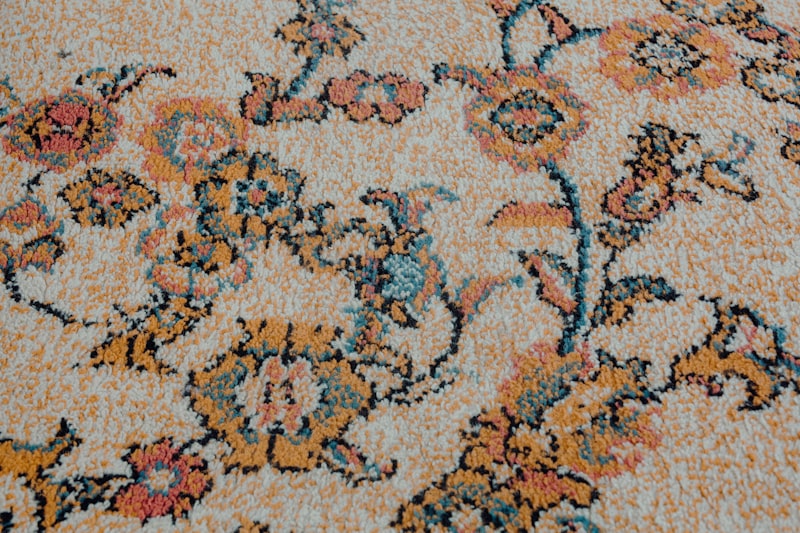Exploring Antique Lace and Satin Creations: A Timeless Artistry
Introduction to Antique Lace and Satin Creations
Antique lace and satin creations embody a rich history and exquisite craftsmanship that transcends time. These beautiful textiles, often associated with elegance and sophistication, have graced the wardrobes of royalty and the homes of affluent families for centuries. In this article, we will delve into the charm of antique lace and satin creations, exploring their origins, techniques, and significance in today’s fashion and interior design landscapes.
The History of Lace and Satin
Lace has existed since the late 15th century, originating in Europe as a luxurious fabric that showcased the artistry of skilled artisans. Depending on the region, lace can be categorized into various styles, such as Venetian Lace, Chantilly Lace, and Filet Lace, each with its unique patterns and techniques. Satin, on the other hand, can trace its roots back to ancient China, where it was woven with silk, resulting in a glossy finish that dazzled the upper classes. Both fabrics have a place in historical garments and home décor, symbolizing wealth and social status.
Understanding Antique Lace Types
Antique lace is classified into several categories; here are a few of the most renowned:
| Type of Lace | Description |
| Venetian Lace | Known for its intricate floral patterns and detailed work, often made with silk threads. |
| Chantilly Lace | Characterized by its fine netting and delicate floral motifs, typically made from cotton or silk. |
| Bobbin Lace | A hand-made lace formed by twisting threads around bobbins, creating beautiful patterns, often seen in tablecloths and curtains. |
| Needle Lace | A technique using a needle and thread to create delicate lace patterns, favored for its refined and detailed appearances. |
The Allure of Antique Satin Creations
While lace captures the imagination with its detailed craftsmanship, satin brings a different dimension to textile artistry with its smooth and shiny texture. Antique satin creations range from luxurious gowns to decorative pillow covers, often embellished with lace trim, embroidery, or beading. The interplay of satin’s lustrous surface and fine lace detailing creates an unparalleled elegance.
Significance in Fashion
Today, antique lace and satin creations are highly sought after by fashion designers and collectors alike. These fabrics inspire contemporary fashion trends, as designers often incorporate vintage elements into modern looks. Pieces made from these materials can frequently be found in high-end fashion shows, where they are celebrated for their craftsmanship and timeless appeal. Additionally, many brides seek antique lace and satin for their wedding dresses, combining nostalgia with romance.
Antique Lace and Satin in Home Decor
Beyond fashion, these textiles play a significant role in home decor. Antique lace curtains can add an air of elegance to any room, while satin throw pillows can bring warmth and sophistication to a sofa or bed. Interior designers appreciate the unique charm that antique fabrics offer, often using them as focal points in their design schemes. Homeowners looking to enhance their decor with a touch of the past will find that incorporating these materials can create both visual interest and a rich narrative.
Caring for Antique Lace and Satin
Maintaining the integrity of antique lace and satin is crucial for longevity. Here are some essential care tips:
- Cleaning: Avoid harsh chemicals. It’s advisable to hand wash lace in lukewarm water with a gentle detergent, while satin can be wiped down with a damp cloth.
- Storage: Store lace and satin in a cool, dry place, away from direct sunlight, to prevent fading and degradation.
- Repairs: Consult a professional for any repairs to ensure that the fabric's integrity is preserved.
Where to Buy Antique Lace and Satin Creations
If you're interested in acquiring antique lace and satin creations, several avenues are worth exploring:
- Antique Shops: Local antique shops often have a curated selection of vintage textiles.
- Online Marketplaces: Platforms like eBay, Etsy, and specialized vintage shops offer a wide range of items. Search for
 or
or antique satin textiles to find unique pieces. - Estate Sales and Auctions: These events often offer rare finds and one-of-a-kind antique creations.
Conclusion
Antique lace and satin creations represent more than just fabric; they are a testament to the dedication of artisans throughout history. As we navigate the modern world, the appreciation for antique textiles continues to grow, blending classic elegance with contemporary styles. Whether you're looking for unique pieces for your wardrobe or home, understanding the history and care of these fabrics ensures their story endures. Remember to explore various avenues, and don’t hesitate to invest in these timeless treasures!
In summary, when searching for vintage textiles, always consider the quality and provenance of the pieces. Pay attention to care instructions to maintain their beauty. Antique lace and satin creations are not just items; they carry narratives of the past, making them valuable additions to both personal collections and interior designs.